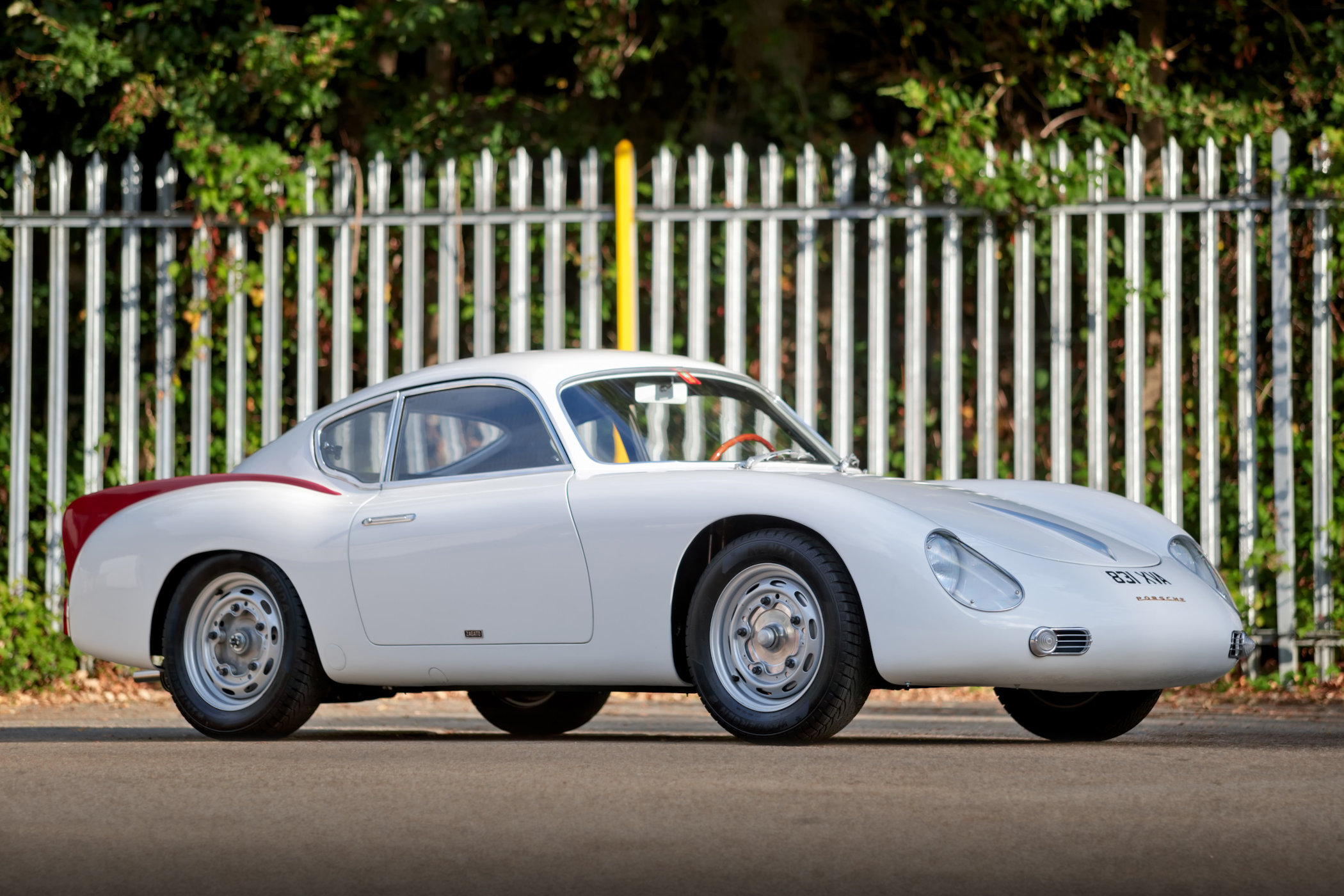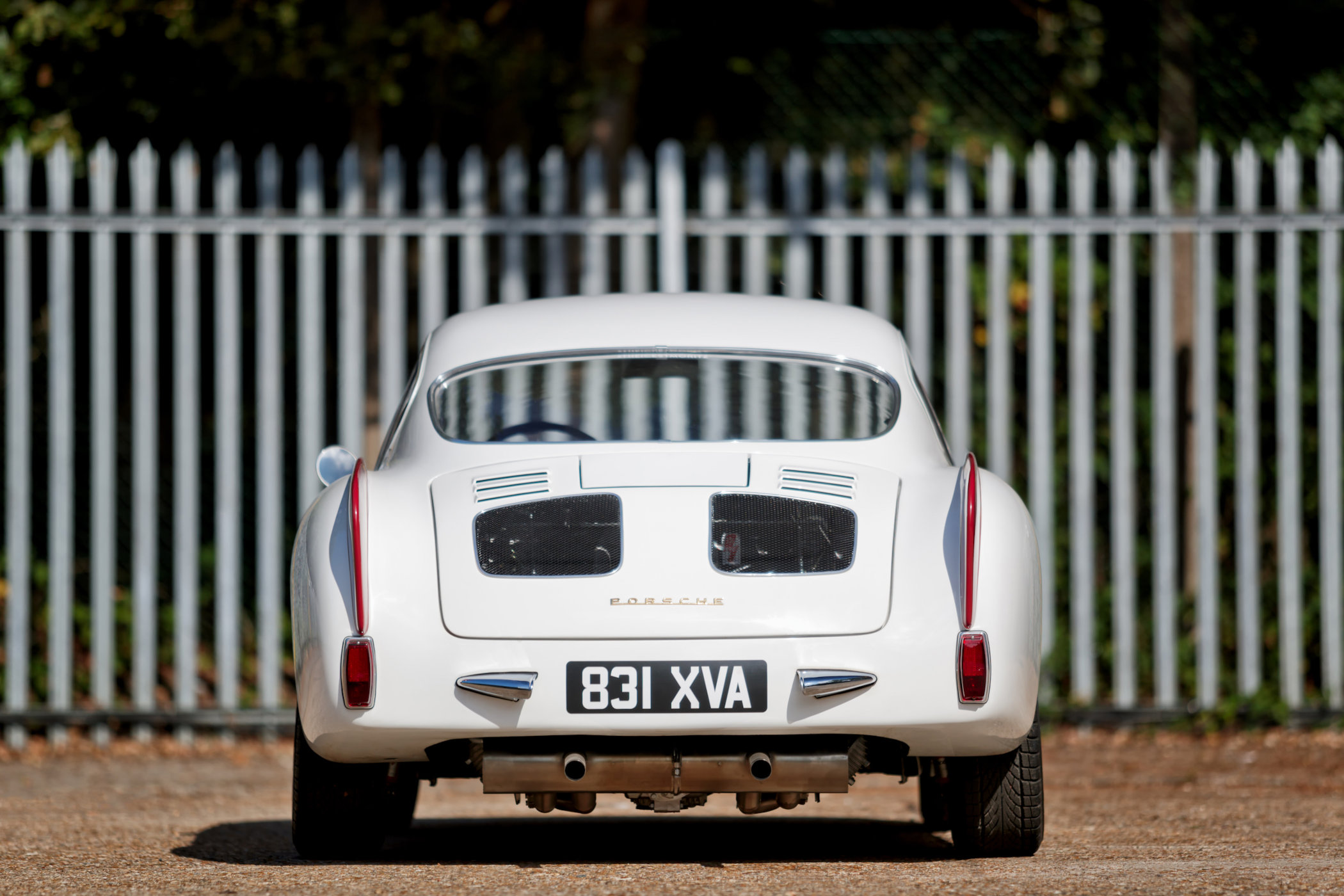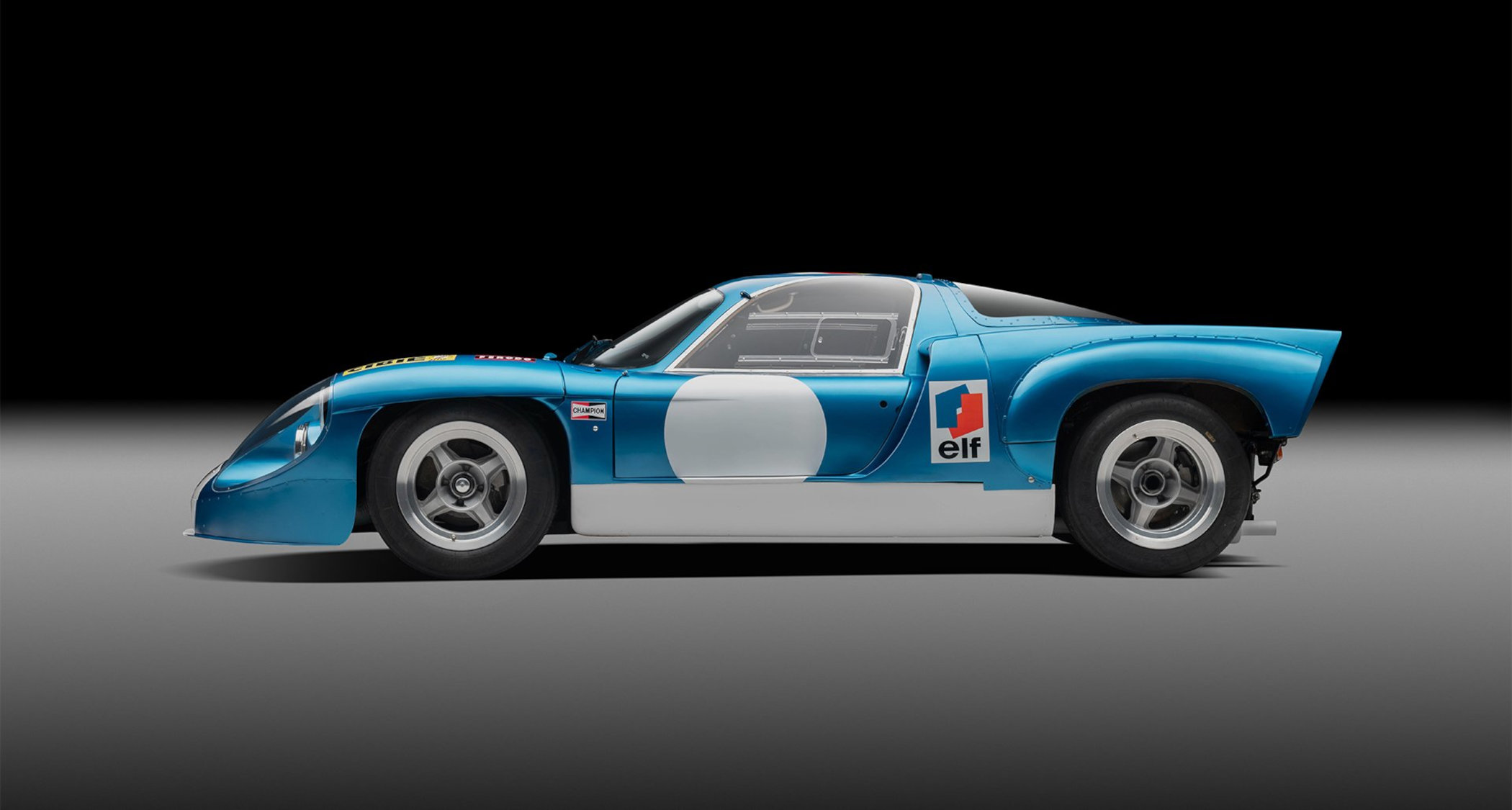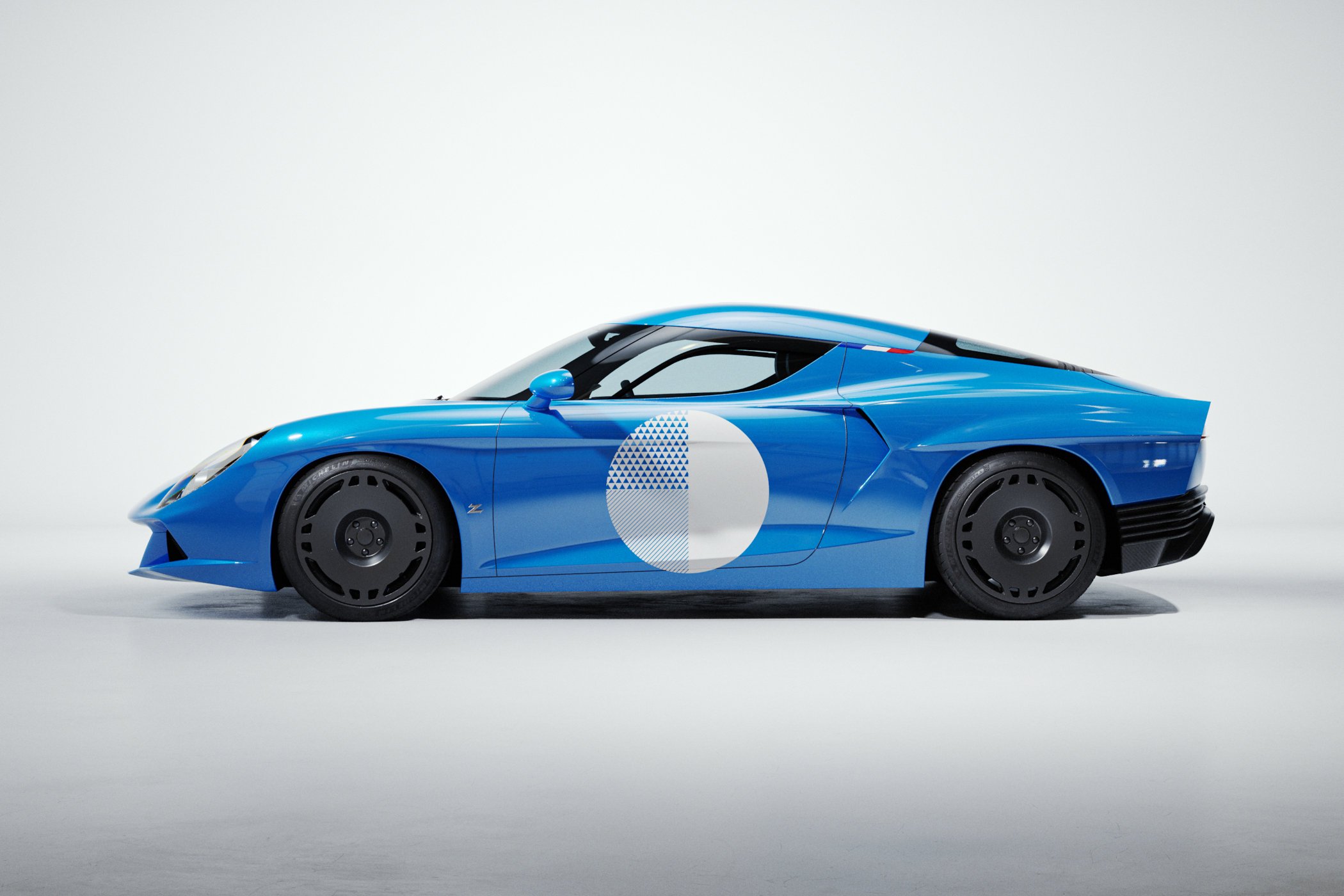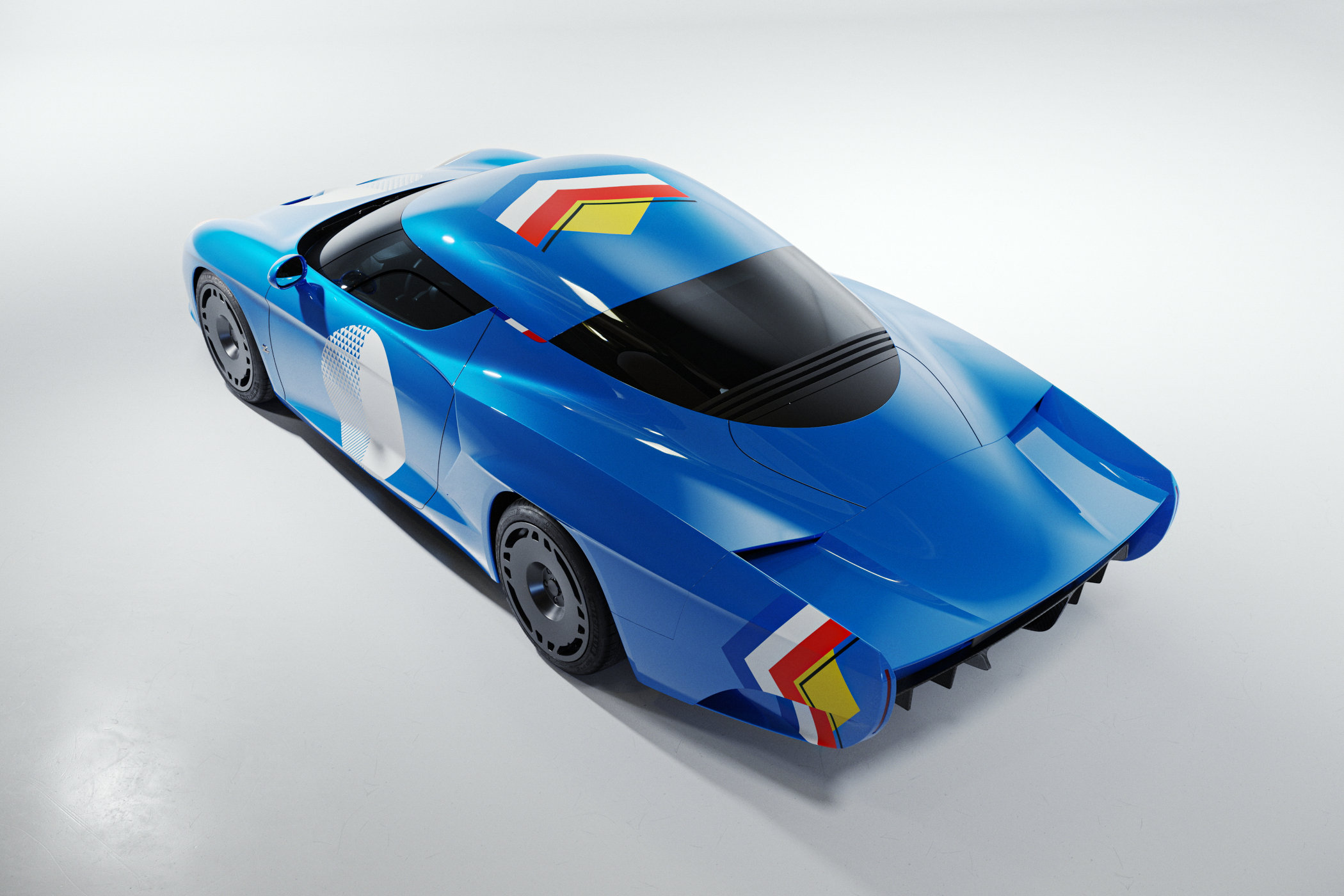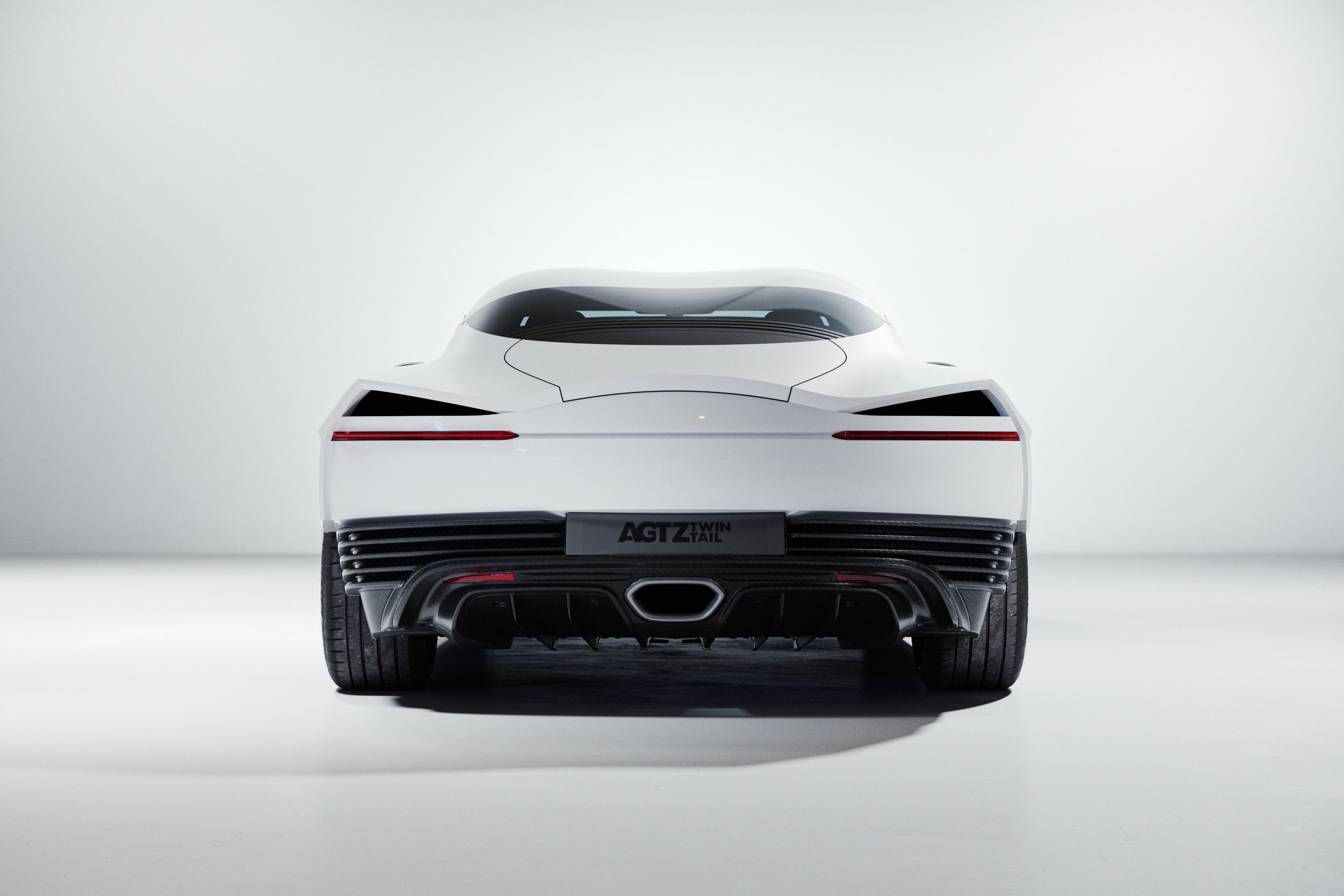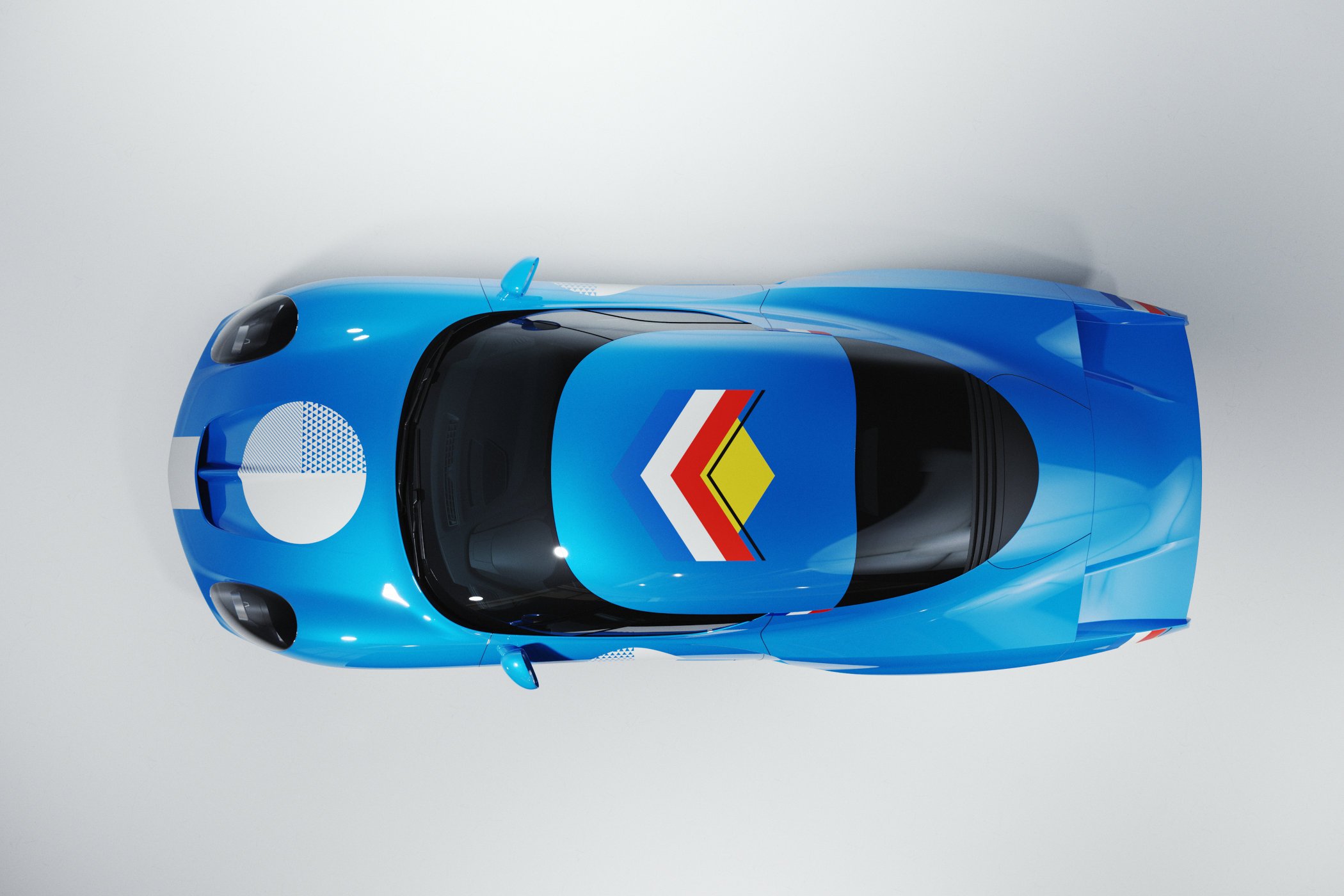The AGTZ Twin Tail Is Zagato’s Tribute To The Legendary Alpine A220 Racing Car
With a detachable longtail section, it pays hommage to Alpine's Le Mans racer from 1969.

The first test flight of the Concorde, the moon landing, the Woodstock festival, and Monty Python’s Flying Circus first aired on BBC One… just a few of the major historic events that happened in the year 1969. In motorsports, a lot happened too, as Sir Jackie Stewart won his first of three Formula 1 World Driver Championships, Bruce McLaren dominated the Can-Am series in a car built by his own team, and Ford won Le Mans for a fourth consecutive year. But that same year, the French team of Alpine entered the A220, a racing car that might not have won Le Mans that year but has become sort of a cult hero. Most notably for its short-to-longtail conversion from 1968 to 1969, which is now paid tribute to by none other than Zagato.
The famous Italian design studio and coachbuilding company Zagato has been around for more than 100 years and is known for its unique styling. Founded by Ugo Zagato in 1919, the company quickly garnered fame by making lightweight bodies for Alfa Romeo’s racing cars in the 1920s and 1930s. One of Zagato’s most famous creations is the Alfa Romeo 8C, but the company would also build cars for Rolls Royce, Fiat, Bugatti, Maserati, Lancia and others.
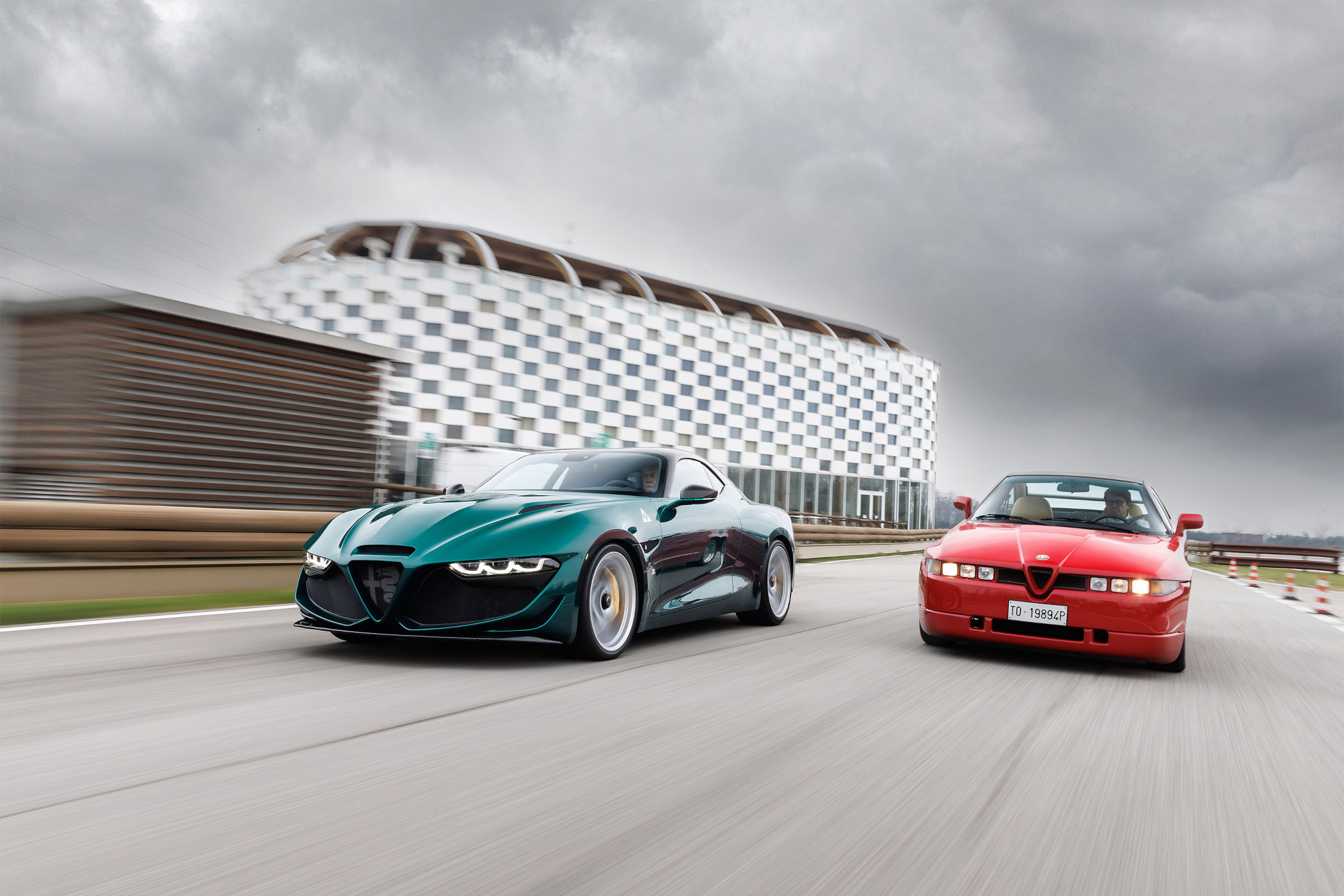
Following the Second World War, Zagato made a statement with ‘Panoramic’ cars in the 1960s, known for its bubble-like tops with large glazed surfaces. Through the 1970s and 1980s, the company continued to explore new grounds and even proposed an electric car as a response to the oil crisis. In later years, Zagato created unique body designs for Aston Martin, Spyker, Alfa Romeo and others. One of the key styling elements in several cars is the so-called Zagato ‘double-bubble’ roofline.
For the AGTZ Twin Tail, Zagato joins forces with Alpine and La Squadra, a Polish super- and hypercar distributor working with brands such as Ferrari, Pagani, Koenigsegg and Bugatti. Alpine is also represented by La Squadra, which was founded by Jakub Pietrzak, which is how all three elements in this unique collaboration are tied together.
The Inspiration
Before we delve into the all-new and rather cool AGTZ Twin Tail, we have to understand where it comes from. Jean Rédélé, a garage owner from Dieppe, France, was an enthusiastic racer and decided it was time to launch a new car company in 1954, which would become the Alpine brand. The first car was the A106, which used Renault technology underneath a two-door coupe body. In the mid-1960s and 1970s, Alpine was quite successful in racing, with the gorgeous Alpine A110 conquering the inaugural manufacturer’s World Rally Championship in 1973 for instance. In endurance racing, the French team naturally focussed on the Le Mans 24 Hours race and other sports car formats. The crowning achievement was the 1978 victory at the famous Circuit de la Sarthe, with the striking Elf-sponsored Alpine A442, the company’s first and only overall win at Le Mans.
The A220 however, started life as the A210, a short-tailed two-seater sports car derived from Alpine’s earliest line of racing cars, the M63, M64 and M65. The lightweight cars all featured small displacement Renault engines tuned by Gordini, although a brief experiment with a V8-powered variant was conducted in 1967. The A210 was built and campaigned between 1966 and 1969, and entered the Le Mans 24 Hours race numerous times. No less than seven A210s entered the 1967 edition of the famous endurance race, alongside several other Alpine cars, and the factory team came in 9th overall and 1st in the 1.3-litre class with the #46 car, as well as 13th overall and first in the 1.6-litre class with the #45 car.
A year later, a rule change rendered the big-output racing cars obsolete, as displacement was limited to 3 litres for prototypes and 5 litres for sports cars. This improved Alpine’s chances, and to amplify that, the team brought forth the long-tail A220. The car was wider, and obviously longer, thanks to the drastically redesigned rear section aimed to improve the car’s aerodynamic stability and performance. Despite their best efforts to compete for the race win, putting 11 cars on the grid for the 1969 race, Alpine failed to make the impact it wanted and the only car completing the 24-hour race was a 1-litre A210 car.
In an effort to prolong the car’s life despite the unsuccessful run at Le Mans, the car was cut up and shortened, refocusing its racing career to shorter circuits and races. In addition to cutting about 30cm off the total length of the car, moveable aerodynamics were also installed. The car’s low weight and newly shaped body proved to be quite successful, as it achieved third place in a hillclimb event shortly after it was rebuilt. A total of eight A220s were built, but only one received this drastic conversion. Half of those 8 cars have survived, including the only “once long- but now short-tailed” chassis #1713. This split-personality, if you will, now serves as the inspiration for a new coachbuilt creation, called the AGTZ Twin Tail.
The Tribute
Despite not achieving what it set out to do, the Alpine A220 has become somewhat of an icon. It was an attempt to create motor racing history, and in a way it succeeded, but not the way it was intended to do so. But luckily, the story doesn’t end there as it has now inspired a fascinating new car, the AGTZ Twin Tail. As mentioned, the driving force behind this amazing project is Jakub Pietrzak while the design work is done by Zagato. Only 19 cars will be built, and each one will be different in terms of specifications, unique to each individual owner. Based on the Alpine A110, a modern-day sports car heavily inspired by the original A110, the technique underneath remains unchanged as far as we know it, but it is the exterior that matters most!
For this special hommage to the A220, who lived as both a short- and long-tail endurance racer, Zagato penned a dramatic new body for the A110 sports car. To pay respects to the A220 in the best way possible, it features a removable tail section so each owner has the choice to run it as a short- or long-tail. Starting at the front, the face of the Alpine A110 is made a lot more pronounced, with a more aggressive air intake, bigger headlights and a recessed air vent. From the side, the design flows into a sharp air intake just behind the doors. From there, it gets really interesting as you can imagine!
The short-tail body has a distinct cut-off design, almost in the style of the Kammback style. A large diffuser with horizontal slats and central exhaust makes for an aggressive rear-end, with a set of angular air vents on top and horizontal tail lights. Install the long-tail section of the bodywork, and the lineage of the Alpine A220 becomes even more clear. The shape is very similar to the design of the original A220 in its long-tail iteration, with vertical taillights and extended air vents to help the flow of air and stabilize the rear end.
Further details include Zagato’s famous double-buddle roof design, which extends into the rear window and down into an engine cover that is very reminiscent of the original A110, making the design come full circle. There are no details about the interior, so for now let’s assume it has remained untouched in the process. As said, only 19 will be made and the first cars are being produced and the order books filling up quickly already, despite the asking price of EUR 650,000. That’s certainly a lot of money, but a fitting hommage to a unique racing car redesigned in a way that is also a perfect expression of the art of coachbuilding.
For more information on this fabulous hommage to the Alpine A220, please visit AGTZTwinTail.com.
Editorial Note: The images portrayed in this article are sourced from the AGTZ Twin Tail website and Classic Driver unless stated otherwise.


